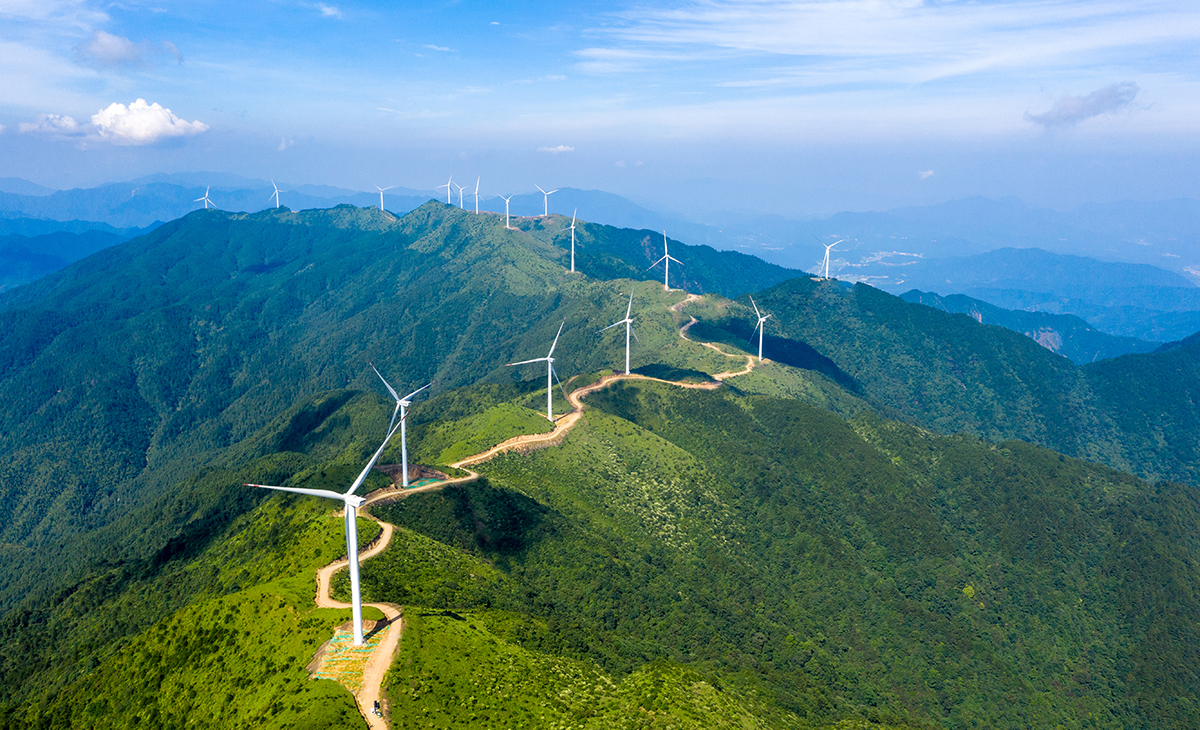In Short : Smart and green buildings play a pivotal role in constructing a net-zero future. By integrating advanced technologies like IoT sensors, energy-efficient systems, and sustainable materials, these buildings minimize energy consumption and environmental impact. Emphasizing their construction and retrofitting can significantly contribute to global efforts in achieving a sustainable and environmentally friendly built environment.
In Detail : Soaring energy costs have focused the minds of the nation’s captains of industry on the urgent need to decarbonise their bricks-and-mortar empires, new research has revealed.
With 40 per cent of global emissions coming from buildings, our corporate built environment presents low-hanging fruit to combat climate change, while also reducing costs by driving down energy consumption.
Global power giant Schneider Electric’s Sustainability Index, 2023 report shows that using renewables on site and driving energy efficiency for the nation’s offices, factories, warehouses and other commercial properties is front of mind for the vast majority of the nation’s corporate leaders, with nearly three-quarters saying they have a strategy in place to invest in energy efficiency.
Schneider Electric’s research found that:
77 per cent of corporate leaders agree sustainable transformation drives a competitive edge for companies.
70 per cent have a strategy in place to invest in energy efficiency.
66 per cent have started discussing or have a strategy in place to implement renewable energy solutions on site.
78 per cent agree digitisation is playing a key role in achieving sustainability goals.
“The switch to more sustainably efficient buildings has begun, it won’t be achieved overnight, but it is a crucial step to take, particularly for businesses actively trying to achieve their own emissions goals,” says Louise Monger, vice president, digital buildings at Schneider Electric.
“The way Australia designs, constructs, operates and maintains buildings must change rapidly to meet net zero targets.
“Buildings are contributing up to 40 per cent of global emissions, meaning they are a major contributor to the current climate crisis we are trying to tackle. We need to rethink the way we are designing and operating our buildings, and start planning green, smart buildings today, if we are to have any hope of reaching our 2050 net zero target.”
Monger says rising energy costs are a major factor driving Australians and others around the world, to pivot towards smart, green building infrastructure design.
“Just like we saw with COVID-19 accelerating Australia’s digital transformation, we are now seeing rising global energy costs having that same impact on sustainability,” says Monger.
“If we are going to achieve net zero, these decisions need to be taken today. It will be challenging and there will be hurdles, however the removal of non-electric sources such as gas from Australian buildings is critical. It’s complex, but the time to start envisioning a generation without dirty power is now.”
Clean electricity
Electricity is a clean energy that can transform the world’s buildings in more ways than one, she says. Electrical heat pumps can be up to four times more efficient as traditional furnaces that run on fossil fuels. Meanwhile, microgrids that run on renewables can power buildings cleanly with greater resiliency.
“Designing buildings to be more efficient also opens opportunities for energy autonomy with microgrids that can help lead to net-zero buildings with a very quick ROI,” says Monger.
“In addition, digital monitoring technology enables building owners and operators to eliminate waste within their buildings by identifying how, why and where waste is happening.”
However, the biggest immediate impact on reducing emissions can come from existing buildings, where retrofits utilising the latest digital technology and monitoring systems can cut energy use by about a third.
“Investing in the modernisation of existing buildings to be more sustainable can transform our cities by significantly reducing energy consumption and waste. Remember, the clear majority of buildings standing in 2050 are buildings that already exist today,” says Monger.
A shining example of a retrofit is the iconic Aurora Place – on the site of the former NSW State Office Block, a 1960s edifice, demolished to make way for the present Renzo Piano-designed tour de force a generation ago.
Schneider Electric and power solutions provider GSTEC have partnered to replace the existing building management system, supporting the building owner’s sustainability requirements and turning the venerable structure into a future-ready smart building.
Joanne Borkowski, building services engineering manager at GSTEC says that changes to the building have driven sustainability, enhanced the property’s smart building capabilities, incorporated connected services and an integrated system platform.
“As an EcoXpert partner for over a decade now, the alliance with Schneider Electric provides us with the back-end support to deliver these major projects and champion buildings of the future,” says Borkowski.
“Together, this gives the customer, tenants and future generations confidence in the building’s longevity.”

